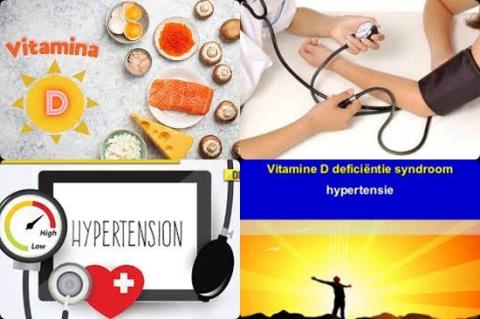
Objectives:
Findings of observational studies that evaluated the association of serum vitamin D status and high blood pressure were contradictory. Therefore, this review article has been conducted.
Does a high serum vitamin D concentration reduce risk of hypertension in the adult population?
Study design:
This review article included 10 prospective cohort, 1 nested case-control study and 59 cross-sectional studies.
Overall 66,757 and 260,944 participants were included in cohort and cross-sectional studies, respectively.
Among cohort studies, the NOS scores were between 6 and 9.
Among cross-sectional studies, the NOS scores ranged between 4 and 10.
There was no publication bias.
Results and conclusions:
The investigators found in the pooled analysis of cohort studies (66,757 participants) a 16% significant decrease in risk of hypertension in participants who had a high level of serum vitamin D compared with those with low level [pooled RR = 0.84, 95% CI = 0.73 to 0.96, I2 = 64%, p = 0.001].
Sensitivity analysis showed that excluding each stuy had no significant effect on pooled RR.
The investigators found combining effect sizes of 10 cohort studies involving a total of 63,602 individuals and 25,019 cases of hypertension showed that each 25 nmol/L increase in serum vitamin D level resulted in a 5% reduction in risk of hypertension [RR = 0.95, 95% CI = 0.90 to 1.00].
Also, a significant non-linear association between serum vitamin D levels and hypertension was observed [p non-inearity 0.001].
A reduction trend in risk of hypertension was observed for serum vitamin D levels between 45 and 70 nmol/L, although for higher vitamin D levels the risk did not decrease anymore and eventually started increasing.
The investigators found meta-analysis of cross-sectional studies showed that highest level of vitamin D in comparison to the lowest level was associated with a 16% significant decrease in risk of hypertension [OR overall = 0.86, 95% CI = 0.79 to 0.90, I2 = 67.5%, p 0.001].
Sensitivity analysis determined that the exclusion of each study did not significantly affect the overall estimate.
The investigators found combining effect sizes of 30 cross-sectional studies involving a total of 139,685 individuals and 40,178 cases of hypertension showed that each 25 nmol/L increase in serum vitamin D level resulted in a 6% reduction in risk of hypertension [OR = 0.94, 95% CI = 0.90 to 0.99].
Also, a significant non-linear association between serum vitamin D levels and hypertension was seen [p non-linearity 0.001].
A reduction trend in risk of hypertension was observed for serum vitamin D levels between 40 and 75 nmol/L, although higher vitamin D levels did not reduce odds of hypertension.
The investigators concluded that serum vitamin D concentrations between 40 and 75 nmol/L reduce risk of hypertension in the adult population, in both prospective cohort and cross-sectional studies.
Original title:
Serum Vitamin D Levels in Relation to Hypertension and Pre-hypertension in Adults: A Systematic Review and Dose-Response Meta-Analysis of Epidemiologic Studies by Mokhtari E, Hajhashemy Z and Saneei P.
Link:
https://www.ncbi.nlm.nih.gov/pmc/articles/PMC8961407/
Additional information of El Mondo:
Find more information/studies on vitamin D and lowering blood pressure right here.